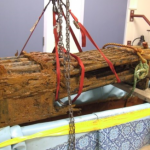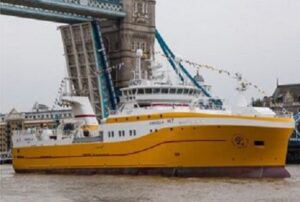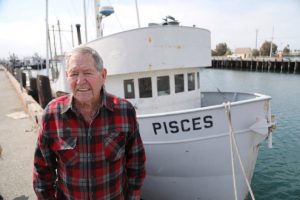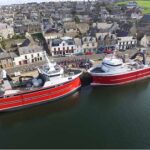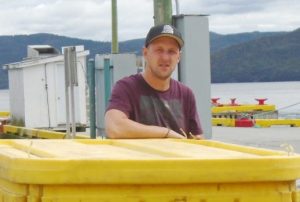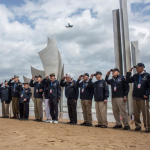Overwhelming support for extending length of inshore fishing boats: SEA-NL
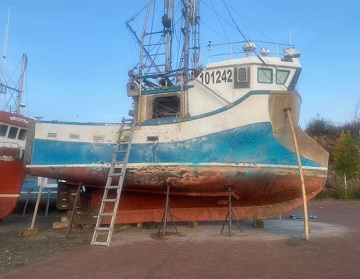
March 3rd, 2022
The province’s inshore owner-operator fish harvesters overwhelmingly support extending the maximum length of fishing boats in their fleet for safety reasons, and to fall in line with the rest of Atlantic Canada.
“The message from the inshore fleet is clear that the days of chopping off boats are over,” says Jason Sullivan, President of Seaward Enterprises Association of Newfoundland and Labrador, the distinct voice of the province’s licensed, owner-operators. “Fisheries and Oceans has gotten the message loud and clear that the policy must change.”
DFO recently held a string of seven virtual outreach meetings around the province to hear directly from inshore harvesters about issues impacting their fleets, with the question of fishing-vessel length front-and-centre on the agenda.
The vast majority of the owner-operators spoke in favour of extending the maximum length of inshore boats to 49’11 from 39’11 to fall in line with inshore fleets in the rest of Atlantic Canada. Vessel lengths range from less than 50’ in DFO’s Maritime and Quebec regions to less than 45’ in the Gulf region.
Owner-operators in this province who purchase used, over 40’ fishing vessels from elsewhere in Atlantic Canada are forced to cut them in length at huge expense, often giving the vessels an “ugly” snub-nose appearance, and making them square to the water. The practice doesn’t impact a vessel’s carrying capacity, and often raises stability questions.
Owner-operators said their No. 1 reason for wanting the change is safety at sea in light of changing climatic conditions.
“Transport Canada and DFO preach safety, so now please let us practice safety,” said Sullivan, echoing sentiments expressed at the meetings.
Restricting inshore boats to less than 40’ also doesn’t make sense in that while DFO regulates vessel length, the department doesn’t regulate vessel width — and vessels that were built 16-feet wide in the early 1990s are built up to 28-feet wide today. Newer under 40′ vessels today have greater capacity than older 65 footers.
DFO officials said surveys will be e-mailed in the coming days to the province’s roughly 2,800 owner-operators (including 600 in the over 40’ fleet) for their final word on vessel length, but an official acknowledged the message from owner-operators was clear that change is necessary.
Contact: Jason Sullivan 363 7088

































